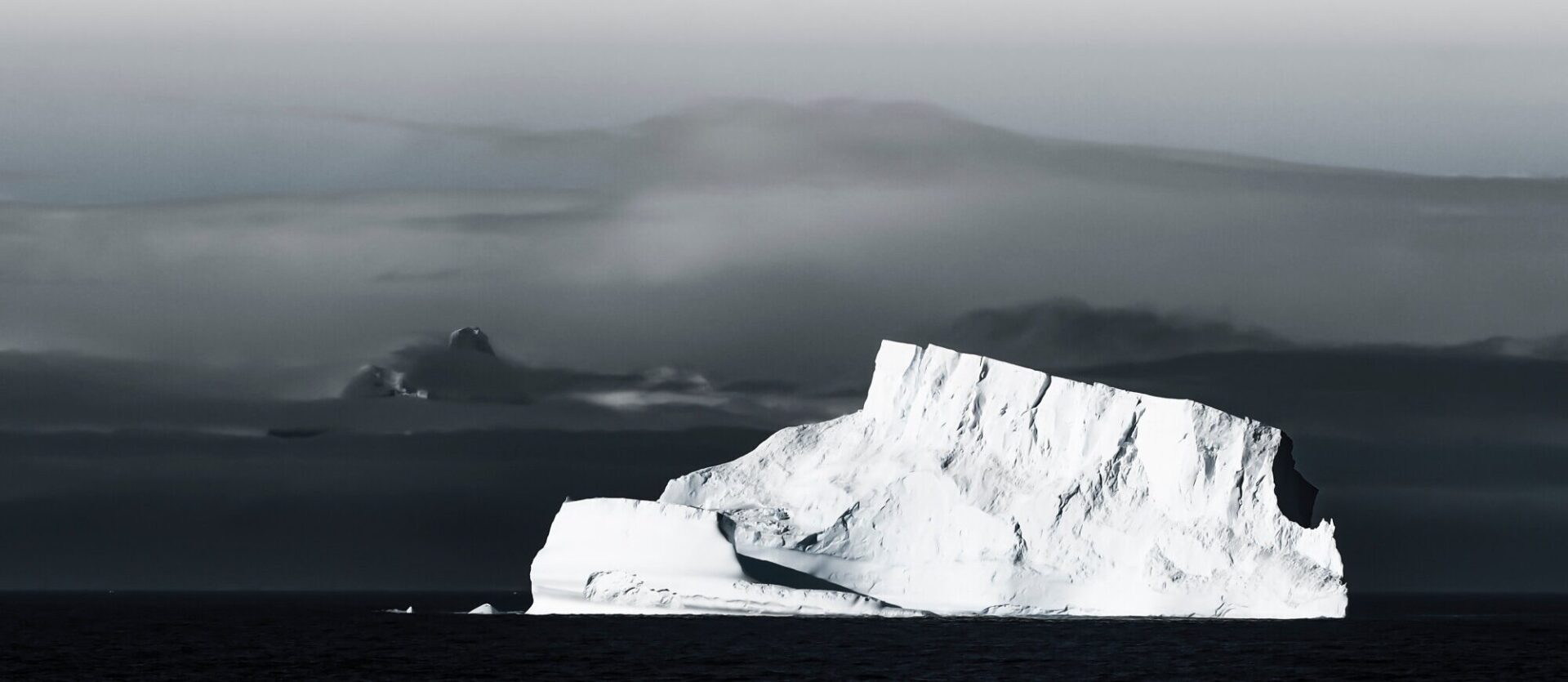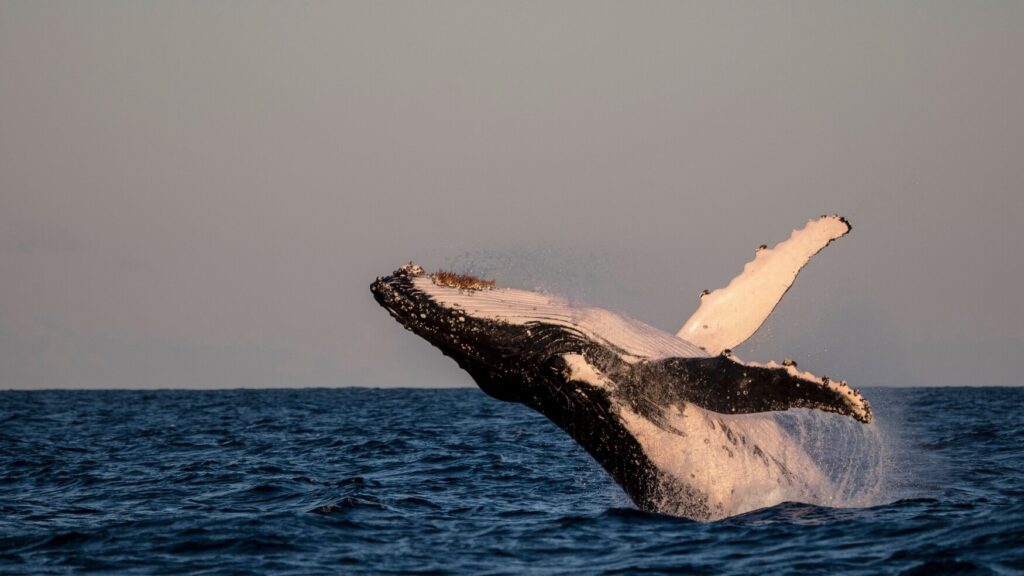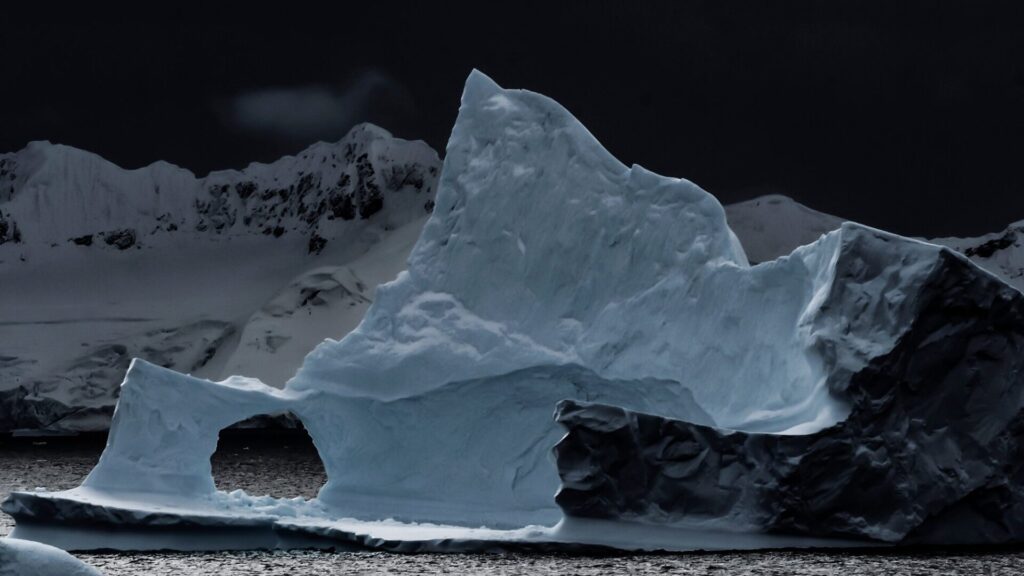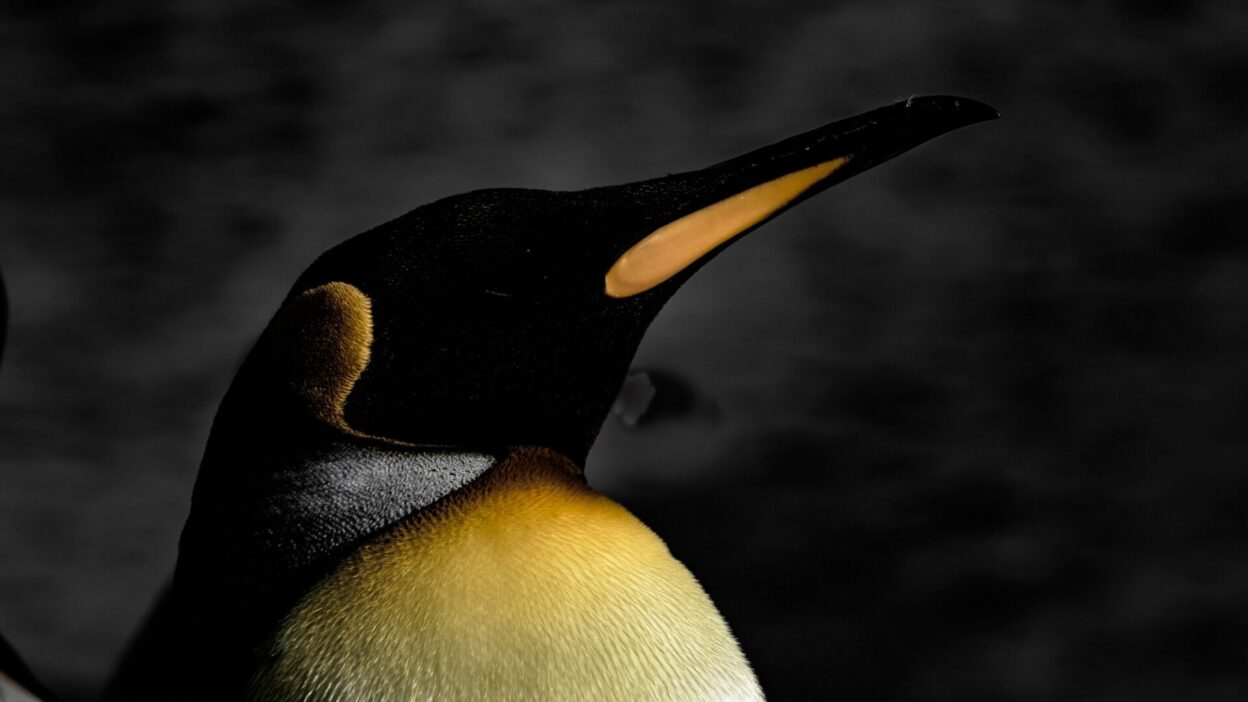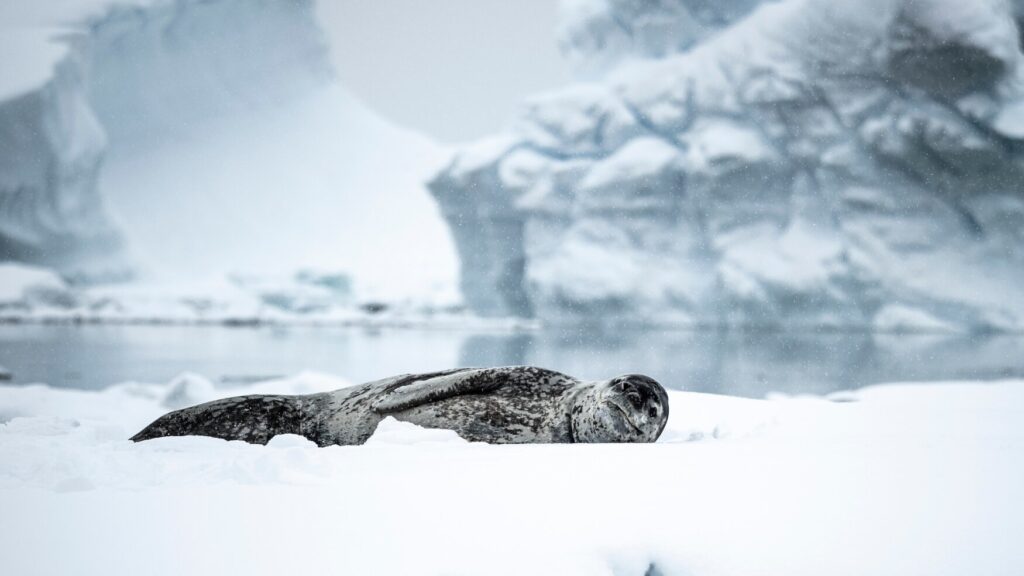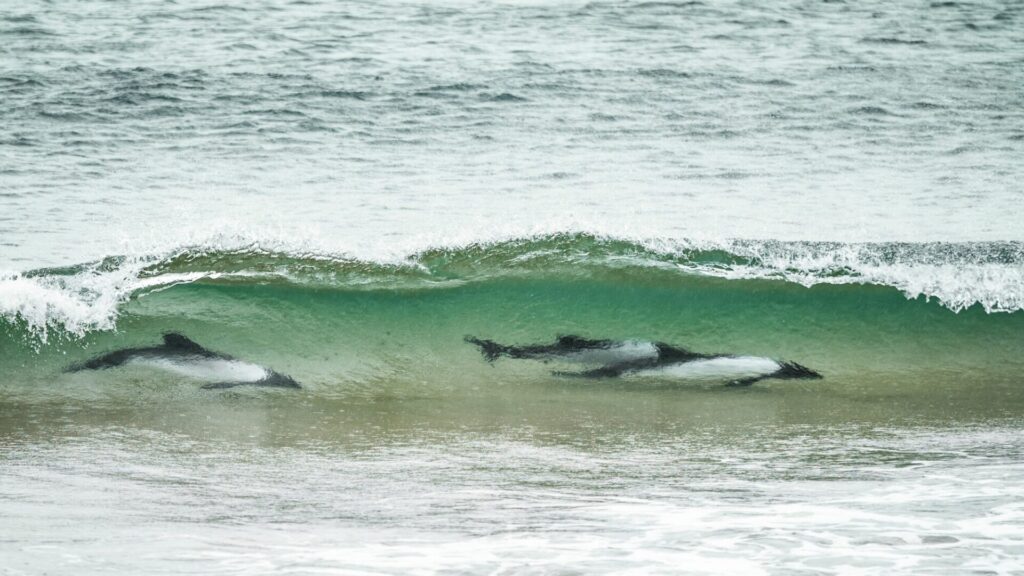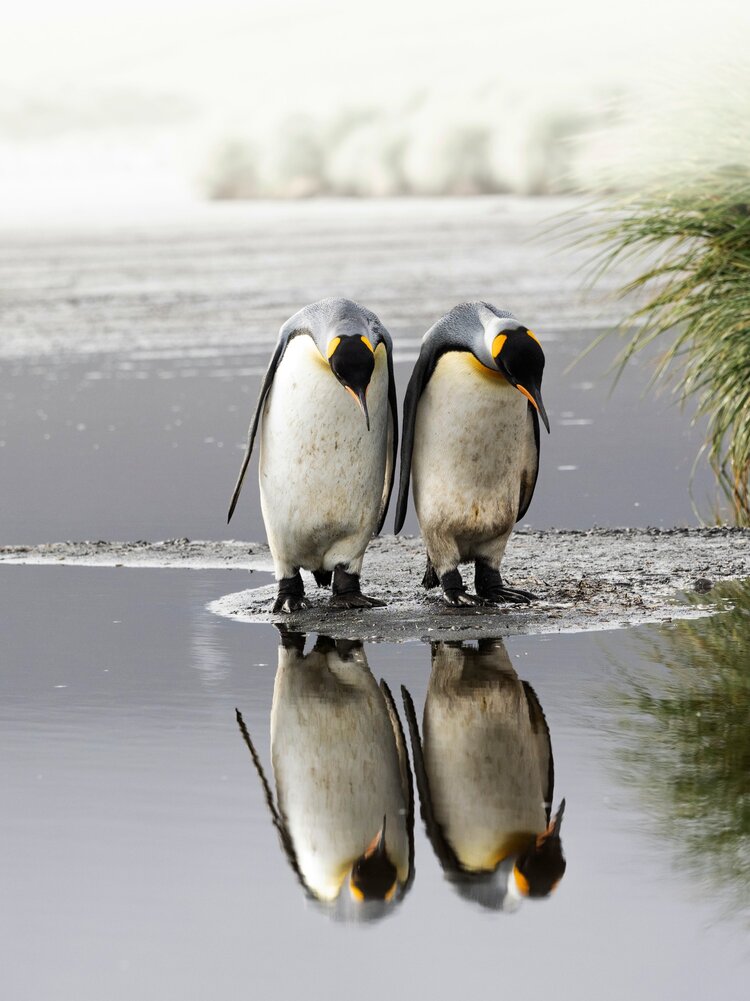Don’t miss a single adventure
Sign up to our free newsletter and get a weekly BASE hit to your inbox
You might also like
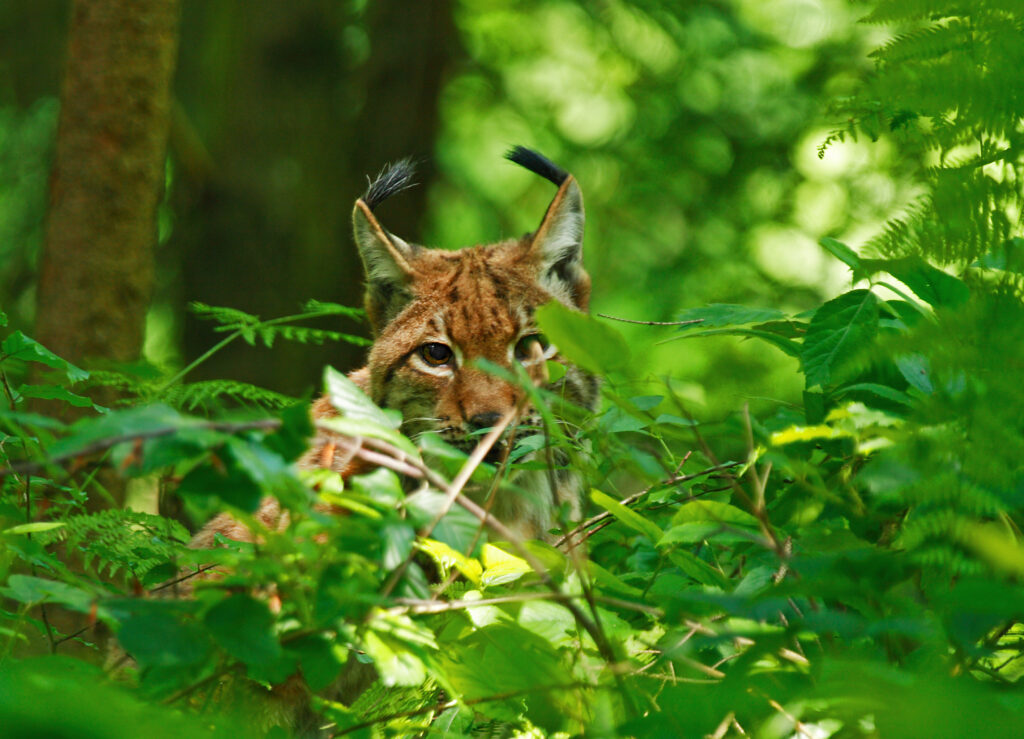
Story • Carmen Kuntz • Mar 24, 2023
The Missing Lynx: The Return Of Slovenia’s Big Cat
Hunters are the reason that lynx roam the forests of Slovenia again
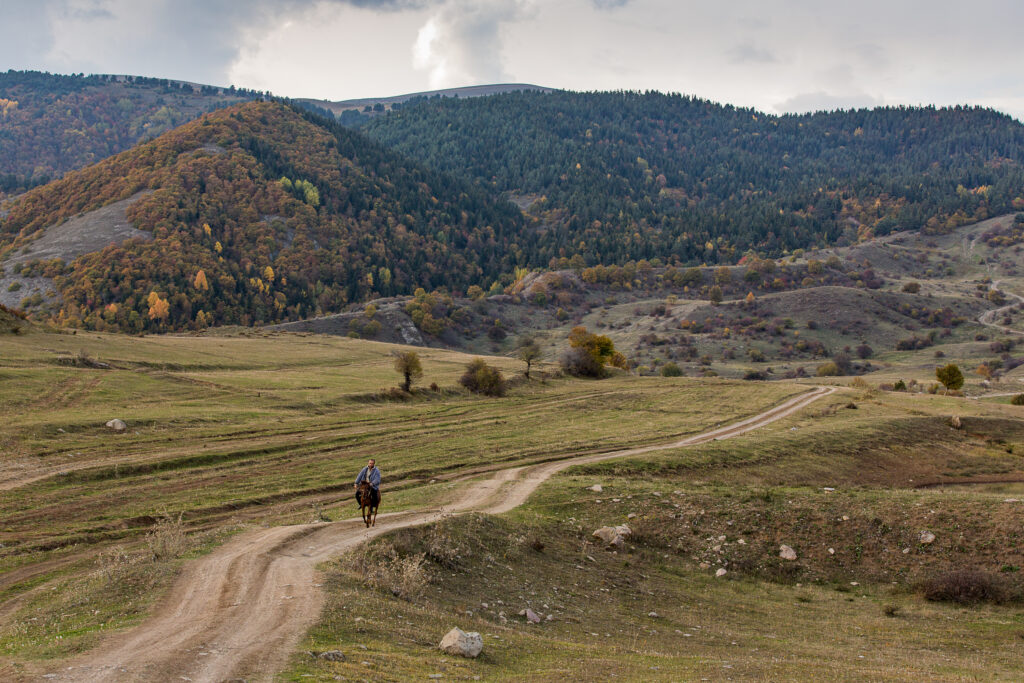
Story • Carmen Kuntz • Mar 06, 2023
How Innovative Nature Conservation Is Making a Big Difference in Armenia
The people behind the ECF project - protecting wildlife and supporting local communities in the South Caucasus
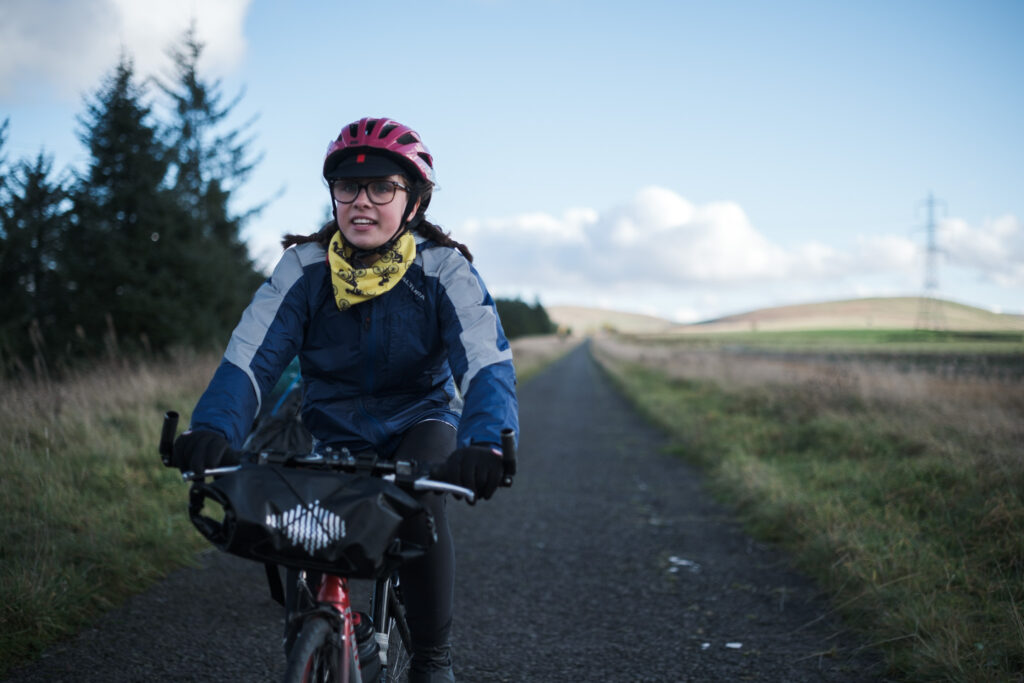
Story • Jessie Stevens • Jan 03, 2023
Bikes For Protest: Not a Hero’s Journey
An exploration of bikes as a tool for protest in light of the climate crisis
